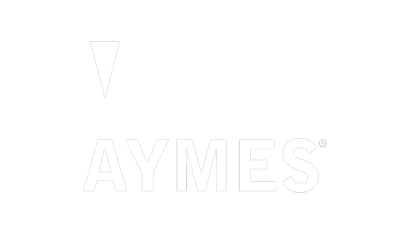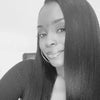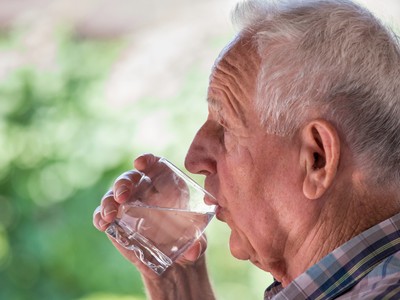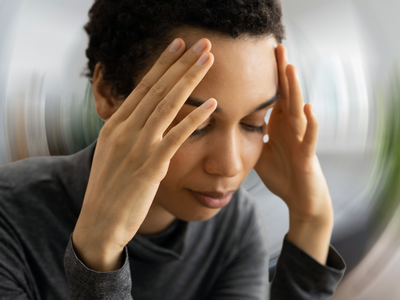Your Cart is Empty
Reviewed by Harriet Smith, RD
This blog post serves as information only, and does not substitute individualised advice from a Registered Dietitian.
Introduction to Malnutrition in the UK
Malnutrition is a substantial public health issue which is estimated to cost over £19.6 billion per year in England1. It is estimated that over 3 million people living in the UK are malnourished or at risk of malnutrition2. Malnutrition can occur in individuals of all ages, however older people (those aged 65 and over) are more likely to be malnourished compared to any other age groups3.
Malnutrition can have significant effects on health, including delayed wound healing, increased risk of illness and infection, increased risk of falls, low mood and poor quality of life1. Therefore, implementing dietary measures to prevent or manage malnutrition is important. The causes of malnutrition are multifactorial, with common contributors of malnutrition including acute and chronic illnesses, poor dentition, swallowing difficulties, low mood, loss of appetite, poor palatability of foods and lack of acceptance of foods provided to ethnic minorities4.
The UK Afro-Caribbean Population
There has been an increased number of people living in the UK who identify themselves within an ethnic minority group. Almost 1 million people living in England and Wales are from a Black African background and over a half a million of people identify themselves as Black Caribbean5.
There isn’t any data as of yet on the number of individuals from these population groups that are malnourished or at risk of malnutrition. However, as the UK becomes more ethnically diverse, it is essential that nutrition support information should be reflective of this ethnic diversity and it should be suitable for individuals from Afro-Caribbean backgrounds. Having said this, it is important not to generalise and always assess an individual’s food preference.
A Food First Approach
With regards to preventing and managing malnutrition among individuals, the initial step is usually to focus on increasing energy and protein intake using a food-first approach, which aims to improve a person’s nutrition through food alone. Strategies include fortifying foods to boost the calorie and protein content of the diet without increasing the volume of food consumed.
These strategies can be tailored to suit individuals from Afro-Caribbean backgrounds who enjoy eating cultural foods. Offering advice which takes into account an individual’s cultural, religious and ethical requirements may help to improve compliance to dietary advice given and enhance acceptance of foods provided.
Below are some ideas for food fortification:
- Include a protein source at each meal such as eggs, chicken, meat fish, beans or poultry. For example, add fish and/or eggs in Moi Moi (African-style black eyed peas pudding)
- Add butter or cream to vegetables like callalo or spinach
- Include generous amounts of spread on sweet breads like hard dough bread
- Include coconut cream in soups, rice and peas dishes, puddings and jelly
- Add full fat milk, cream or butter in soups like corn chowder soup
- Add sugar, honey or jam to cereal porridges like Corn Porridge, Ogi, Uju or Akamu
- Grate cheese into scrambled eggs or to include in pasta dishes (e.g. Mac and cheese)
- Add peanut/groundnut sauces to meat and vegetable dishes
- Add extra gravy or jerk sauce to main dishes
- Include vegetable oil, olive oil or groundnut oil in main dishes
- Fry plantain (a type of cooking banana) instead of boiling it. However, if an individual prefers boiling or roasting then it might be worth exploring whether they would like to add butter instead.
Nourishing Snacks and Drinks
Nourishing snacks can provide individuals with protein, fibre, vitamins as well as extra calories. For those who have a low appetite, it may be useful for them to consider adding snacks between meals to maintain weight or facilitate weight gain. Below are some ideas for high energy, high protein snacks and nourishing drinks.
High protein snacks include:
- Groundnuts
- Coconut peanuts
- Crabsticks
- Fish cakes
- Mixed nuts and seeds
- Nut butters on toasted bread
- Cheese and crackers
- Boiled egg or egg roll (similar to scotch eggs)
- Sausage rolls
- Suya meat or chicken or beef jerky
High energy snacks include:
- Plantain crisps
- Dumplings
- Chin chin (a crunchy, donut-like fried snack from West Africa)
- Puff puff (fried dough snacks)
- Festivals (Caribbean dumpling)
- Cream crackers
- Bun and cheese
- Sweet puddings like spiced bread pudding, semolina pudding or malva pudding
- Vegetable, lamb or chicken pattie or pasty
- Cakes like coconut cake (toto), yam cake, carrot cake and honey cake. These can also be consumed with ice-cream or custard, depending on the individual’s food preference
Nourishing drinks include:
- Malted soft drinks
- Hot milky drinks such as tea, coffee, malted drinks like Ovaltine and hot chocolate with full fat milk, condensed milk or Nido full cream milk powder.
- Shop bought punches like Peanut punch or Carrot punch or make homemade version instead
- Shop bought smoothies or homemade smoothies including fruits like mangos, bananas, pineapple, passion fruit, blended with whole milk, ice-cream or yoghurt
- Thick and creamy yoghurt drinks – can be bought or made from yoghurt with milk
- Fruit juice mixed with fizzy drinks such as lemonade
- Instant soups
Kitchen Shortcuts
Generally speaking, Afro-Caribbean diets tend to involve a lot of food preparation. Some individuals may not have the energy, time or resources to prepare homemade nourishing meals and snacks. Therefore, it may be helpful to suggest suitable pre-prepared options which are quick and easy to prepare and consume to ensure a good oral intake.
Some suggestions include:
- Purchase pre-made drinks or milkshakes
- Use tinned fruits and vegetables and fortify them by adding cream, butter or milk
- Make most of the ‘good days’ by preparing meals in advance and storing in the fridge or freezer
- Buy pre-cooked sachets of rice and pasta and heat in the microwave to have alongside stew
- Buy traditional fresh or frozen ready-made meals available in supermarkets
- Ask carers, relatives and close friends to help out with the cooking and assist with feeding where necessary.
References:
- Elia, M. (2015).The Cost Of Malnutrition In England And Potential Cost Savings From Nutritional Interventions. [online] BAPEN and National Institute for Health Research Southampton Biomedical Research Centre, pp.1-5. Available at: https://www.bapen.org.uk/pdfs/economic-report-short.pdf [Accessed 5th August 2020].
- BAPEN. (2018).Introduction To Malnutrition. [online] Available at: https://www.bapen.org.uk/malnutrition-undernutrition/introduction-to-malnutrition?start=4 [Accessed 4th August 2020].
- British Dietetic Association. (n.d).Malnutrition - The Issue. [online] Available at: https://www.bda.uk.com/news-campaigns/campaigns/malnutrition.html [Accessed 4th August 2020].
- The Caroline Walker Trust. (2004).Eating Well For Older Adults - Practical And Nutritional Guidelines For Food In Residential And Nursing Homes And For Community Meals. [online] The Caroline Walker Trust, pp.20-22. Available at: http://www.thecarolinewalkertrust.org.uk/pdfs/OlderPeople.pdf [Accessed 5th August 2020].
- GOV UK,.(2018).Population Of England And Wales. [online] Ethnicity-facts-figures.service.gov.uk. Available at: https://www.ethnicity-facts-figures.service.gov.uk/uk-population-by-ethnicity/national-and-regional-populations/population-of-england-and-wales/latest#:~:text=in%20India%20(694%2C000)-,the%20percentage%20of%20the%20population%20from%20a%20Black%20African%20background,2001%20to%201.8%25%20in%202011 [Accessed 5th August 2020].









